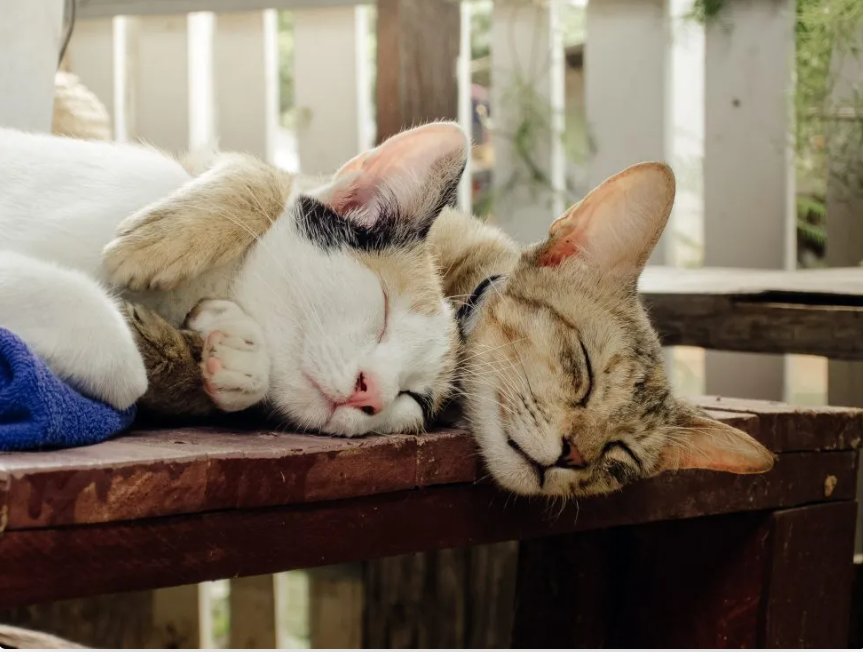Thailand’s pet economy is booming, and businesses are catching up
Thailand’s pet economy is booming, and businesses are catching up
วันที่นำเข้าข้อมูล 8 ส.ค. 2568
วันที่ปรับปรุงข้อมูล 8 ส.ค. 2568
In 2025, being a pet owner in Thailand feels a lot like being a parent. A very chill, leash-carrying, toy-hoarding, subscription-box-subscribing parent.
You can see it everywhere. Rooftop dog parks in condos. Cat cafes that offer oat milk for both you and your feline. Airlines announcing pet-on-board seats like it’s a feature, not a favor. It’s not just a lifestyle anymore. Now, it’s a market. And a big, growing one.
Pet ownership in Thailand is rising
Thailand’s pet care industry is now worth up to US$1.5 billion, growing at about 8-10% annually. That’s faster than many human categories. Inflation? Not a deal-breaker. Six in 10 urban pet owners say they prioritize their animals’ needs over their own. That’s love combined with real spending power.
This shift is emotional. According to TGM Research, 53% of Thai pet owners say that they consider their pets as family members. Another chunk describes them as best friends. A few say “my baby.”
And it’s not just happening in Bangkok. Across the country and around the world, the “pet humanization” wave is changing everything from real estate to retail.

Both cats and dogs are thriving. Dogs still dominate among single-pet households (52%). But among multi-pet owners, cats are more common: 70% of them have cats, compared to 63% with dogs. It’s a sign of shifting preferences, especially in urban areas where cats’ lower-maintenance appeal fits smaller spaces.
This may sound like trivia, but it matters. Smaller spaces, more condo dwellers, a preference for independent animals. The cat boom is a lifestyle shift. And brands are starting to notice.
Pet food trends show rising demand for quality and longevity
Short answer: better everything.
- 33% of owners say quality is the top factor in pet food. Not price. Not flavor. Not cute packaging. Longevity, health benefits, and ingredient transparency are increasingly top of mind.
- Premium brands like Royal Canin are catching up to staples like Pedigree and SmartHeart.
- Thai-made pet food (led by CP, Betagro, and Thai Union) is also going global. The country now ranks second in global pet food exports.
Even treats have leveled up. The rise of “gourmet” dog bakeries, bone broth ice cream, and vegan jerky is no longer niche.
Thai businesses are racing to meet demand for pet-friendly services

Thailand may not be Tokyo or Toronto in terms of pet-friendliness, but it’s catching up. Developers now add pet washing stations, leash hooks, and play zones to new condo projects. Some hotels offer beds and welcome packs for dogs. Nok Air even launched a pet ticket for small dogs and cats on select routes.
Meanwhile, cafes, restaurants, and parks are cautiously experimenting with pet-friendly zones. It’s not yet the norm — you still can’t bring your beagle to every brunch — but the pressure is on. Especially from urban millennials and Gen Z, who increasingly equate “cool place” with “pet-welcoming.”
Even the workplace isn’t immune. Co-working spaces with dog days or pet passes? They’re here.
What it means to be a pet owner in Thailand today
For all the growth, there are limits. Outside Bangkok, finding a truly pet-welcome apartment is still tough. Public transport is largely off-limits. “Pet-friendly” hotels often come with weight limits, extra fees, or unclear rules. Even some condos are careful to label themselves as “pet-allowed” instead of “pet-friendly.” (There’s a difference, usually fewer facilities or spaces to accommodate pets. So tread carefully.)
Public dog parks are still rare. And if your animal’s not a cat or dog, options shrink quickly. Birds, bunnies, and fish are present in households, but overlooked in services and stores.
So yes, Thailand’s pet boom is real. But compared to many other developed cities where it feels like pets can literally accommodate you anywhere, it’s still behind, still uneven, and mostly urban.
Still, being a pet owner in Thailand today means buying premium food, planning holidays around dog policies, and maybe joining a LINE group for your local dog park. It also means participating in a fast-growing cultural shift, one where animals are no longer secondary. They’re fast becoming central, and rightfully so.
For businesses, the message is obvious: If your space, product, or service doesn’t consider pets, you’re missing a customer. Probably two.

| Source: |  |
Thailand Business Information Center in Taiwan